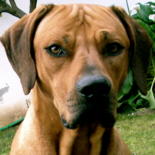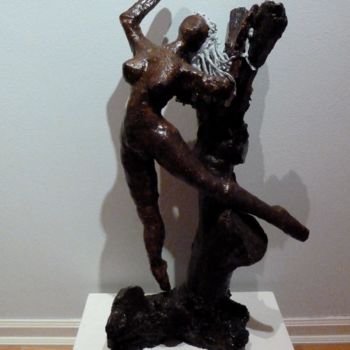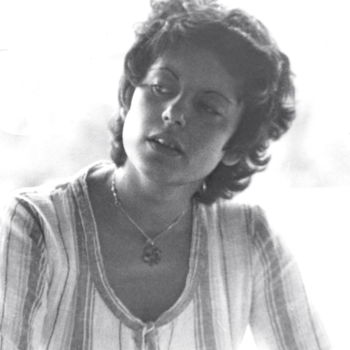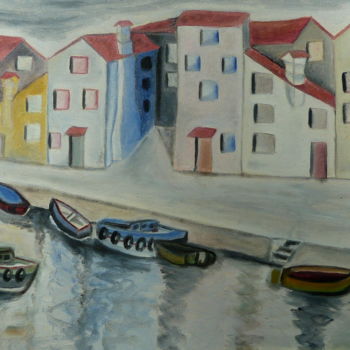Lion Head (Male Ridgeback) Photography by Amamede
-
This work is an "Open Edition"
Photography,
Giclée Print / Digital Print
- Dimensions Several sizes available
- Several supports available (Fine art paper, Metal Print, Canvas Print)
- Framing Framing available (Floating Frame + Under Glass, Frame + Under Acrylic Glass)
- Categories Photographs under $500
Male Ridgebacks should stand 63 cms (25 ins) to 69cms (27 ins) at the withers and weigh about 85 lb (39 kg) FCI Standard). Ridgebacks are typically muscular and have a light wheaten to red wheaten coat, which should be short, dense, sleek and glossy in appearance, and neither woolly nor silky. White is acceptable on the chest and toes. The presence of black guard hairs or ticking is not addressed in the AKC standard, although the elaboration of the AKC standard notes the amount of black or dark brown in the coat should not be excessive.[8] The FCI Standard states that excessive black hairs throughout the coat are highly undesirable. Ridgebacks sometimes have a dark mask. The dog's nose should be black or brown (liver) in keeping with the color of the dog. No other colored nose is permissible. The brown nose is a recessive gene. It is not as common as a black nose; some breeders believe the inclusion of brown noses in a breeding program is necessary for maintaining the vibrancy of the coat. The eyes should be round and should reflect the dog's color: dark eyes with a black nose, amber eyes with a brown (liver) nose. Ridgebacks have a strong, smooth tail, which is usually carried in a gentle curve backwards.
Related themes
amamede (António José Mamede de Albuquerque) was born in Cape Verde in 1943. Formerly of dual nationality, in 1974 he chose Portuguese nationality.
A teacher in higher education with a PhD in Medicine, he has been devoted to Painting since 1975.
His work was exhibited for the first time at the “Exposição Artistas de Coimbra” [Coimbra Artists Exhibition] organised in 1988 by the XI Congresso Nacional de Ortopedia [XI National Orthopedics Congress]. An associate of the Movimento Artístico de Coimbra [Coimbra Artistic Movement] from 1988, in 1994 he began collaborating in the teaching of Artistic Anatomy to students of ARCA-ETAC.
He was Associate Professor at the Coimbra University College of Arts, where he taught Theoretical Anatomy (1st and 2nd year of the various licentiate’s degrees) until 2008.
He is represented in a number of private collections, mainly belonging to collectors in the Portuguese and Brazilian university environment.
Dedica-se à Pintura desde 1975. Expôs pela pela primeira vêz, na "Exposição Artistas de Coimbra", organizada, em 1988, pelo XI Congresso Nacional de Ortopedia. Associado do Movimento Artístico de Coimbra desde 1988 começou a dar colaboração, a partir de 1994, ao ensino de Anatomia Artística dirigido a alunos da ARCA-ETAC.
Foi Professor Associado da Escola Universitária de Artes de Coimbra onde leccionou Anatomia Teórica (1º e 2º anos das diversas licenciaturas) até 2009.
Integra actualmente o Conselho Cientifico da Escola Universitária de Artes de Coimbra.
Foi presidente do Movimento Artistico de Coimbra entre 2010-2012.
Organizou a Feira Internacional de Artes Plásticas de Coimbra (Fiarte/Art€uropa 2011) tendo integrado a Comissão de Honra da referida Feira Internacional.
Está representado em várias colecções particulares, essencialmente entre coleccionadores de arte do meio universitário Português e Brasileiro. Aderiu a vários projectos artísticos e está representado com pinturas e esculturas suas em diversos anuários de arte (Mitos de Arte 2008, Questionarte 2010, Anuário de Arte Galeria 2011, Arte Actual 2011, Próspero International Art Book em 2012 e Artifices em 2013).
Foi admitido em 2013 como Académico Correspondente da Federação Brasileira de Académicos das Ciências Letras e Artes (FEBACLA) - confrade reconhecido como pintor e escultor
Galardoado com o Pincel de Ouro, em 2013, pela Federação Brasileira de Académicos das Ciências Letras e Artes (FEBACLA).
Foi-lhe atribuido o Premio Mérito Personalidade 2013 pelo Instituto Comnène Palaiologos de Educação e Cultura (ICOPEC).
Aderiu em 2014 ao Conselho Internacional de Académicos das Ciências Letras e Artes (CONINTER)
Read more: products/product-1/
-
Nationality:
PORTUGAL

- Date of birth : 1943
- Artistic domains: Represented by a Gallery,
- Groups: Contemporary Portuguese Artists Artists presented by a gallery








